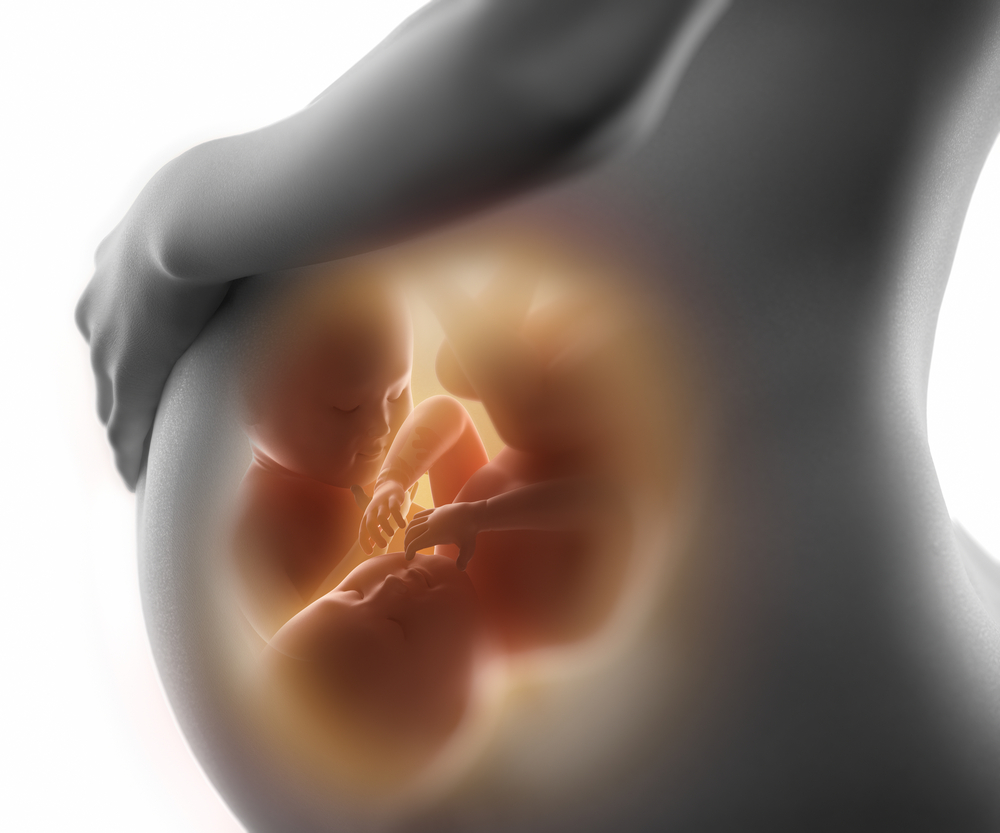Biomarkers in Maternal Blood Can Identify Pregnant Women With Lupus At Low Risk For Adverse Outcomes

A recent study funded by the NIH/NIAMS, revealed data that will lead to a further understanding of why pregnant women with systemic lupus erythematosus (SLE) are at higher risk for adverse pregnancy outcomes (APO), including preeclampsia, placental insufficiency, fetal death, miscarriages, and other complications. The study entitled, “Biomarkers Measured in Maternal Blood Can Identify Pregnant Women with Lupus at Low Risk for Developing Adverse Outcomes,” was published in the latest edition of the American Journal of Obstetrics & Gynecology.
The study was led by senior researcher Dr. Jane E. Salmon, MD, who is an award winning faculty member in the Division of Rheumatology, Division of Obstetrics and Gynecology, at Weill Cornell Medical College’s Hospital for Special Surgery. Dr. Salmon’s research interests are focused on discovering the mechanisms of tissue injury in lupus and other immune disorders. Her work has made significant contributions in the understanding of pregnancy loss and organ damage in SLE, and determining the clinical outcomes in lupus patients who are pregnant and/or have cardiovascular and kidney complications.
For this study, Dr. Salmon and her team used data and samples from the PROMISSE Study (Predictors of pRegnancy Outcome: BioMarkers In antiphospholipid antibody Syndrome and Systemic Lupus Erythematosus), which enrolled 492 pregnant women with SLE and/or antiphospholipid antibody syndrome (APL) between September 2003 and August 2013. The researchers used data from PROMISSE patients to measure the number of adverse pregnancy outcomes (APO) related to abnormal placentation using physiological biomarkers (biological measures used to perform a clinical assessment).
The primary study findings showed that severe APOs occurred in 12% and moderate APOs in 10% of patients sampled throughout the study. Moreover, researchers observed that by 12-15 weeks, levels of the physiological biomarkers were strikingly altered in women who developed severe APO, with the strongest predictor of severe APO being the physiological biomarker, soluble fms-like tyrosine kinase 1 (sFlt1). Also, the rate of severe APO in the high risk group was of 94% if lupus anticoagulant or history of high blood pressure was present.
In an Elsevier press release, Dr. Salmon explained, “Given that over 20% of pregnant women with lupus APL experience adverse pregnancy outcomes, the ability to identify patients early in pregnancy, who are destined for poor outcomes, would significantly impact care of this high risk population. Pregnancies in patients with SLE and/or APL can result in poor outcomes, even when disease activity is low, and baseline clinical features and laboratory tests have only modest ability to identify patients at highest risk for adverse pregnancy outcomes. Our study is the first to demonstrate, in a prospective cohort, the usefulness of angiogenic biomarkers measured as early as the 12th week of pregnancy, in combination with clinical criteria, to identify patients with SLE and/or APL at risk of severe adverse pregnancy outcomes.”
Dr. Salmon’s sentiment on the importance of the study’s findings was shared with her colleague, Dr. Roberto Romero, MD, DMedSci, Editor-in-Chief for Obstetrics of the American Journal of Obstetrics & Gynecology and Chief of the Perinatology Research Branch of NICHD/NIH, who stated, “A fundamental question of pregnant mothers with lupus or antiphospholipid antibody syndrome is whether their pregnancy will turn out fine or they will develop complications of pregnancy. This important study indicates that if the concentration of biomarkers measured in maternal blood in early pregnancy is normal, over 95% of the pregnancies will not develop preeclampsia, fetal growth restriction, or death. Therefore, the simple measurement of these biomarkers can be highly reassuring to mothers, families, and physicians.”





